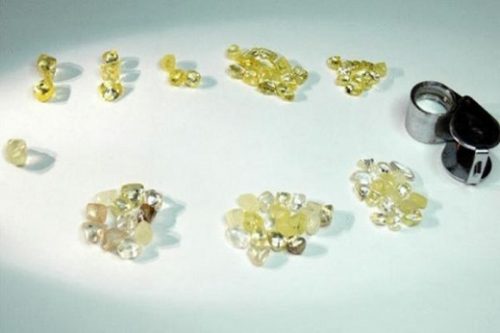
Star Diamond has completed a study into the abundance of Type IIa diamonds in parcels recovered from the Early Joli Fou geological units at the Orion North (K120, K147 and K148) and Taurus kimberlites (K118, K122 and K150).
The pipes are located within the Fort a la Corne diamond district of central Saskatchewan, including the Star–Orion South diamond project, on properties held in a joint venture with Rio Tinto Exploration Canada.
These diamond parcels were recovered by Star Diamond between 2006 and 2008 from 120-cm diameter drilling programs. The latest study confirms that unusually high proportions of Type IIa diamonds are present in both the Orion North and Taurus kimberlites.
Of particular note is the high proportion of Type IIa diamonds in the Orion North 147-148 EJF (52%), of which 66% of the 24 stones, 0.66 carats and above are Type IIa. The largest Type IIa diamond identified was a 6.88-carat stone from Orion North (K147-K148 EJF).
Senior technical advisor George Read said that the Type IIa diamonds at Orion North and Taurus are top white in colour, Type IIa diamonds are rare and account for less than 2% of all natural rough diamonds mined from kimberlites. Many high-value, top colour, large specials (greater than 10.8 carats) are Type IIa diamonds, which include all 10 of the largest known rough diamonds recovered worldwide.
The study also confirms and augments an earlier study of Type IIa diamonds being present in the Fort a la Corne kimberlites with Star (26.5%) and Orion South (12.5%).
A target for further exploration completed by Star Diamond in 2014 estimated that between 881 million and 1.04 billion tonnes of the major EJF units, containing between 46 and 79 million carats, occur within the Orion North and Taurus kimberlite clusters.
Orion North (K147, K148 and K220) alone is estimated to contain between 340 million and 410 million tonnes of EJF kimberlite with an estimated range of grade of 2.75 to 8.37 carats per hundred tonnes.
Source: mining.com
